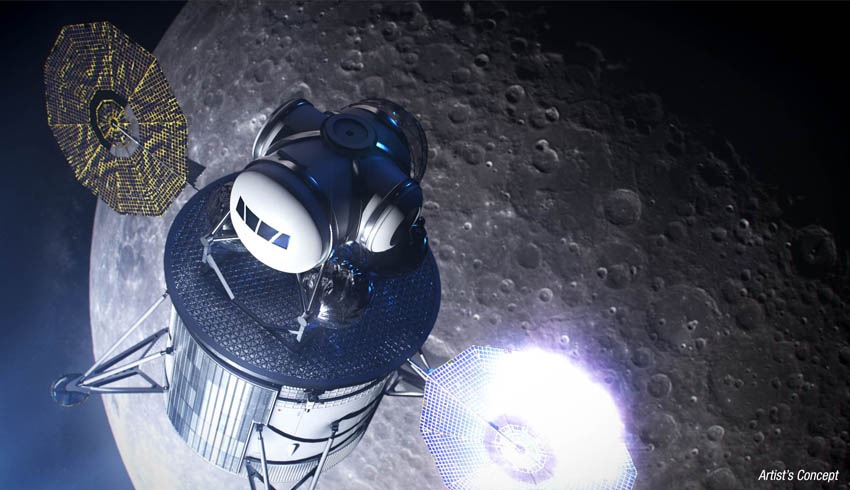
That works out to an additional US$4-6 billion per year to NASA through to 2024 and that’s regarded as at best a preliminary estimate.
The agency’s current annual budget is around US$20 billion.
NASA originally planned to return to the moon by 2028, so an accelerated program means it will need additional funding for key elements, including the Space Launch System rocket, Orion crew vehicles, the moon lander and the Gateway staging post in orbit around the moon.
NASA named this mission Artemis, the twin sister of Apollo and goddess of the moon in Greek mythology.
However, various commentators have pointed out that the time may be just right to convince sceptical senators and congressmen.
This year is the 50th anniversary of the 1969 moon landing, a triumph of American technology and national will power.
There’s been much speculation about the cost of returning to the moon and NASA administrator Jim Bridenstine gave the first clear indication in an interview with CNN.
“For the whole program, to get a sustainable presence on the moon, we’re looking at between 20 and 30 billion dollars,” he said.
“When we talk about the 20 to 30 billion dollars, it would be 20 or 30 billion on top of the normal NASA budget but of course, that would be spread over five years.”
With no indicative costs available, there was widespread concerns that NASA might need to cannibalise other programs to gain the funds it needed for the moon program.
NASA had up to now declined to indicate what it thought this would cost because it was still working it out.
Bill Gerstenmaier, NASA associate administrator for human exploration and operations, told a NASA Advisory Council (NAC) meeting last month that the budget for Artemis was still being discussed internally.
So far, NASA has specifically sought the substantial funds it will need. In a budget proposal released last month, it sought just US$1.6 billion in new funding. It did acknowledge it would need larger increases in future years.
The politicians would certainly like to know.
“For us in Congress to be able to grapple with these things, we need some idea of how much of a cost is expected to be incurred over the next five years,” said Representative Mo Brooks during a hearing of the House Science Committee space sub-committee.
Receive the latest developments and updates on Australia’s space industry direct to your inbox. Subscribe today to Space Connect here.












